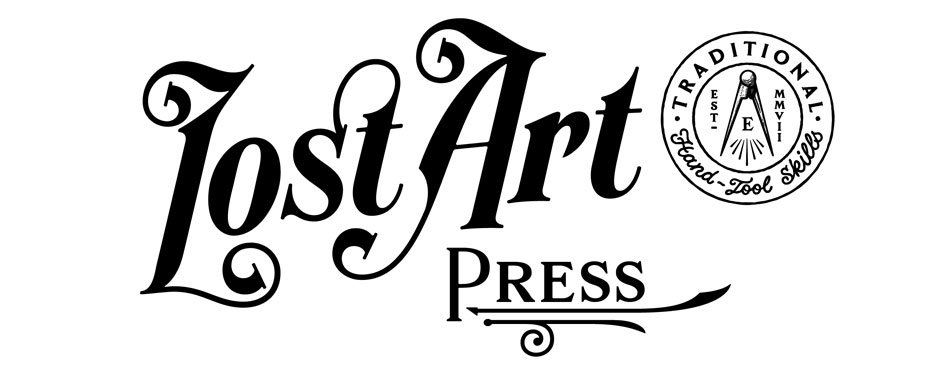
One of my favorite magazine articles by Adam Cherubini was titled: “How to Saw Faster than a Table Saw.” His solution was: Don’t saw. Instead of ripping a board to a particular width, try to work with the boards you have on hand and their existing widths.
This blog entry is somewhat in that vein.
When fitting the comb onto a chair’s back sticks, you have a few choices about how to do it.
- Shave the sticks until you have a perfect 1”-long x 1/2”-diameter tenon on each stick
- Use a tenon cutter (or plug cutter) to size each tenon
- Do nothing to the sticks or their tenons.
I’m talking about No. 3 in this entry. Once while teaching a stick chair class, I realized I had left my 1/2” tenon cutter at home. It was the last day of class, and everyone was behind schedule. There was no time for students to shave their sticks.
Then it hit me: The chair’s combs are secured on the sticks with pegs. So the fit between the mortises and the tenons doesn’t have to be airtight.
Then I knew exactly what to do.


I drilled the 1/2” mortises in the comb then “wallered” them out by rotating the bit around the rim of the mortise while the bit was turning. This created a tapered mortise.
On a chair’s back sticks, the tip is almost always tapered because of the way we shave sticky things.
This little trick worked brilliantly. After a little “wallering,” the combs dropped onto the students’ back sticks with a few mallet taps. A little glue and some pegs secured the comb.
And we all got done in time to go get a beer.
This is how I now fit most of my combs. It’s faster, and it usually looks better, too.
More tips to come.
— Christopher Schwarz
P.S. If you own soft-jaw pliers, you can also compress the tenons a bit and waller the mortise a little less. Your call.

















